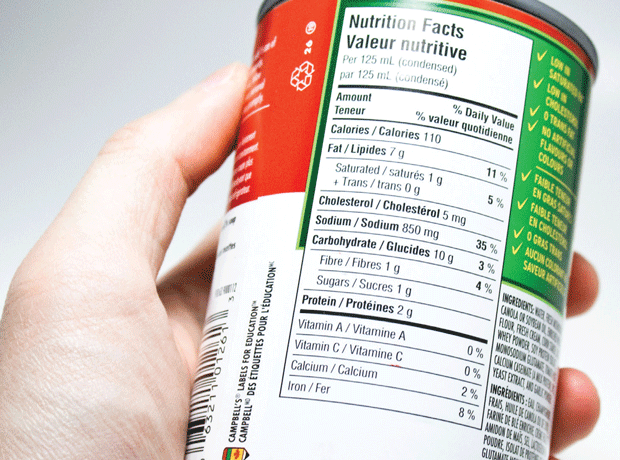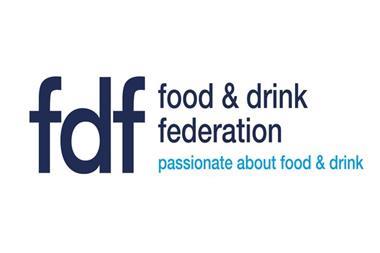
The Food and Drink Federation has launched a new checklist to help companies move towards more sustainable packaging.
The new document, produced with the Industry Council for research on Packaging and the Environment (Incpen), urges companies to slash the environmental impact of their products’ packaging while making sure it is fit for purpose.
The Federation said it aimed to make it easier for companies to be resource-efficient, achieve a high level of safety and hygiene, while meeting consumers’ needs and addressing environmental issues.
The checklist has links to a raft of legislation and guidance on packaging from the likes of the EU, Defra and Wrap but also practical examples including scrapping shrink-wrap, adhesives and tapes used in some products if they are not necessary.
Companies will also be urged to check to see if their products are being packaged in the optimum size for protecting the environment, and whether pallets used for transportation are being used to their optimum potential.
The checklist is part of the FDF’s Ambition 2025 strategy to minimise the impact of used packaging associated with food and drink products, and to encourage innovation in packaging technology and design that contributes to overall product sustainability.
Helen Munday, chief scientific officer at the FDF, said: “This guidance will help businesses choose and optimise their use of packaging in ways that will contribute to a net improvement in the use of resources across the value chain. This improvement can be achieved while continuing to ensure that food safety and quality requirements are not compromised. We encourage all food and drink operators to use it.”
Jane Bickerstaffe, director of Incpen, added: “The checklist will help companies improve packaging for food and drink and other products, make it more consumer-friendly and make supply chains more resource-efficient. Supply chain companies are more aware of, and responsive to, environmental concerns than many businesses. This checklist will help them demonstrate that responsiveness to the public.”



















No comments yet